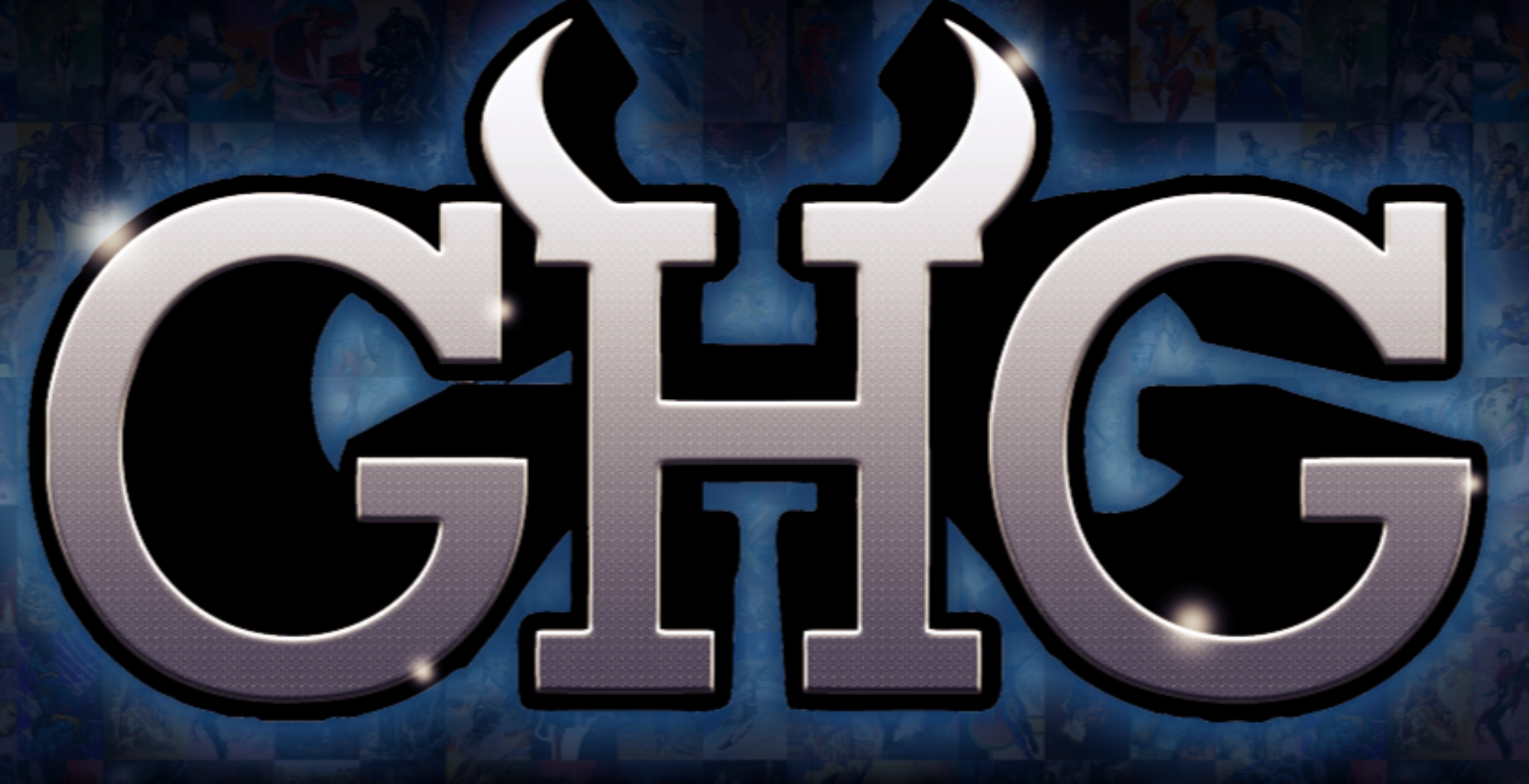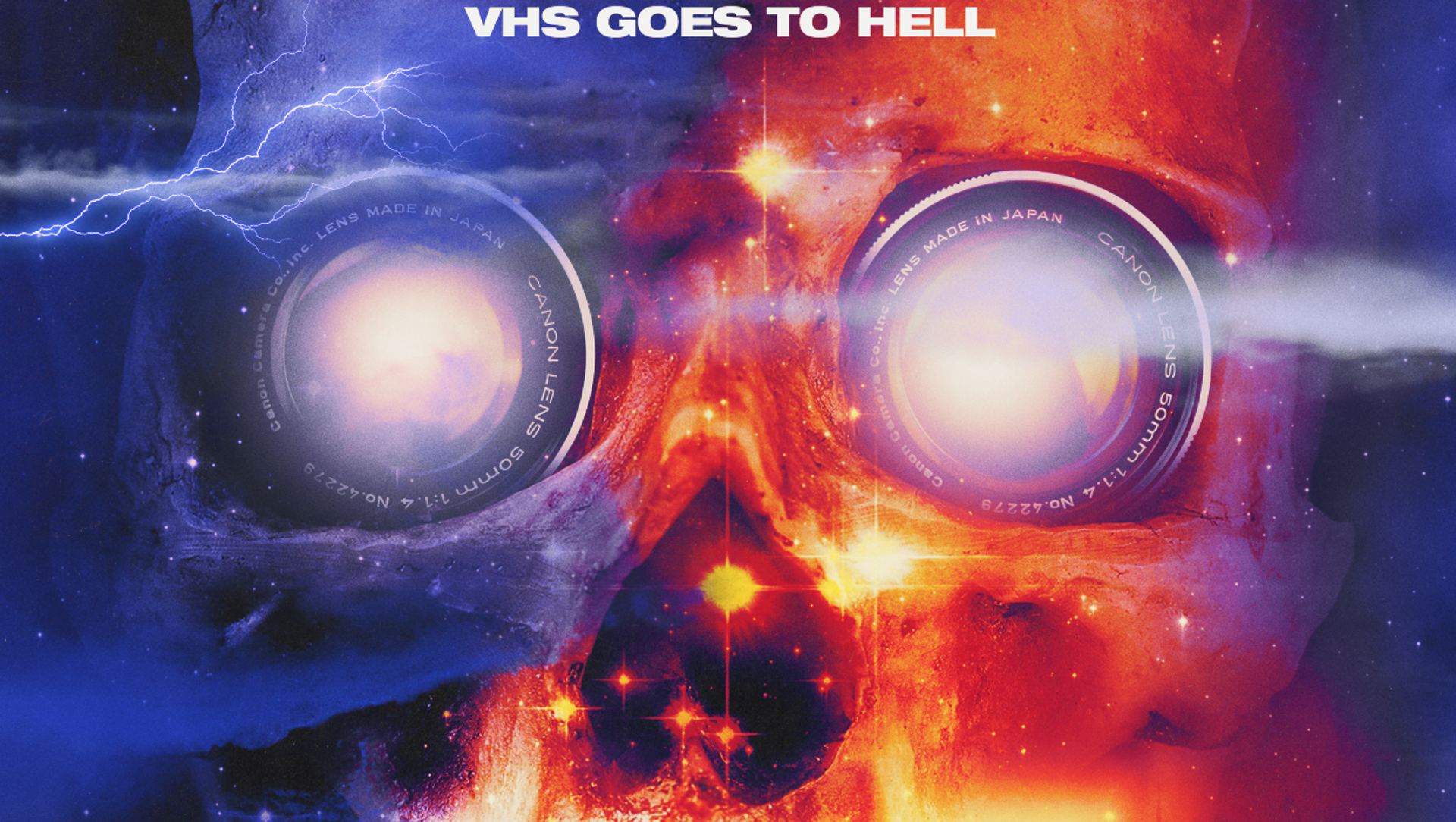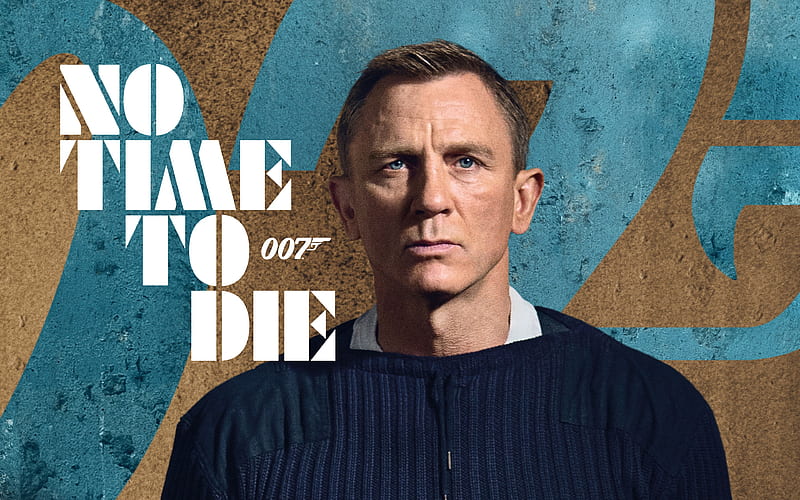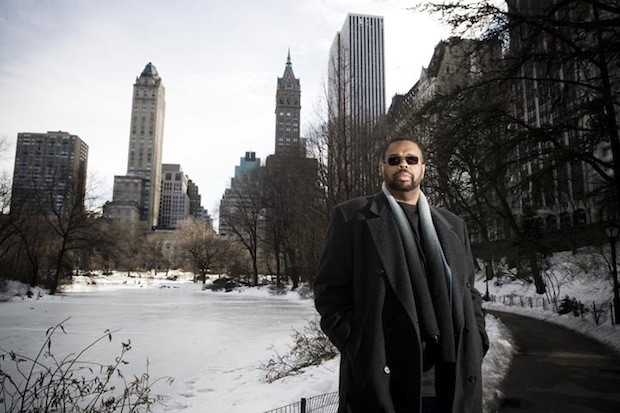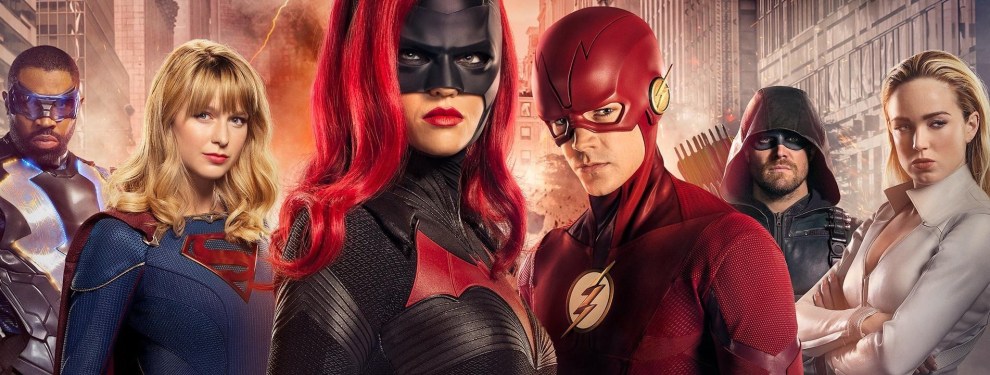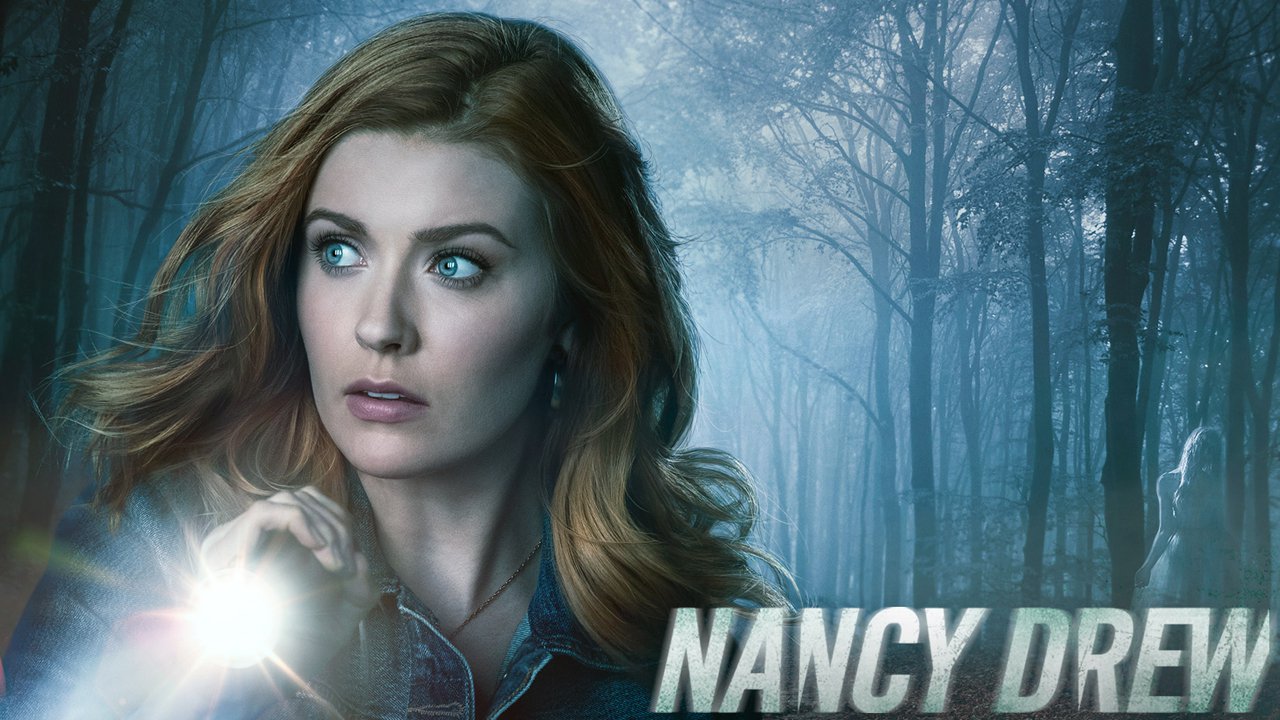Continue reading "V/H/S/99 [NYCC 2022 Review] – To Hell And Back."
V/H/S/99 [NYCC 2022 Review] – To Hell And Back.
This past month saw the return of the New York Comic-Con, the one pop culture event to rival its more established counterpart out in San Diego. Larger, bigger, and actually filling out the entirety of the Jacob Javits Center, being my first time attending the convention since 2019, the increased size seemed an apt development. …
